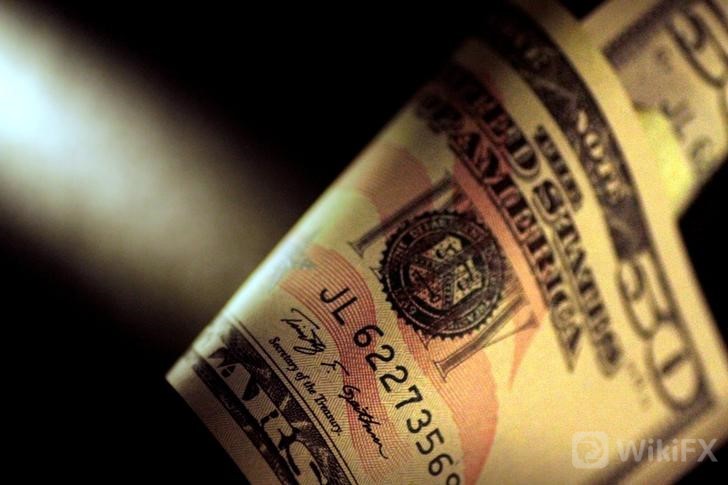
The dollar was up on Tuesday morning in Asia as concerns about the omicron COVID-19 variant started receding.
The U.S. Dollar Index Futures that tracks the greenback against a basket of other currencies inched down 0.09% to 96.245 by 12:12 AM ET (5:12 AM GMT).
The USD/JPY pair edged up 0.19% to 113.68.
The AUD/USD pair was up 0.37% to 0.7075, with the Reserve Bank of Australia keeping its interest rate unchanged at 0.10% earlier in the day. The NZD/USD pair edged up 0.19% to 0.6763.
The USD/CNY pair inched down 0.07% to 6.3712. Chinese data released earlier in the day showed that exports grew 22% year-on-year, and imports grew 31.7% year-on-year, in November. The trade balance was at $71.72 billion.
The GBP/USD pair edged up 0.15% to 1.3284.
“Although there is still a lot of uncertainty over Omicron's health and economic impact, investors have embraced news from South Africa suggesting the exponential rise in Omicron infections has not been followed by a big wave in hospitalizations,” NAB strategist Rodrigo Catril told Reuters.
Ntsakisi Maluleke, a public health specialist in South Africas Gauteng province, said over the weekend that patients with omicron had only shown mild symptoms.
Meanwhile, China eased its monetary policy by cutting banks' reserve requirements for the second time in 2021. The People‘s Bank of China will reduce most banks’ reserve requirement ratio by 0.5 percentage points next week, releasing CNY1.2 trillion ($188.16 billion) of liquidity.
The Reserve Bank of India will hand down its policy decision on Wednesday. The U.S. Federal Reserve, the European Central Bank, and the Bank of England will all hand down their policy decisions in the following week.
Although the Reserve Bank of New Zealand hiked its interest rate to 0.75% in November, some investors said that the move was bad for growth.
“It does seem like the market is fatigued with the New Zealand good news story, and is less willing to reward currencies heading for higher interest rates,” ANZ Bank analysts said in a note.
“They normally signal strong growth, but in a supply-constrained world, higher rates may be a signal of slower growth to come. New Zealand's top of the pile cash rate, and expectations of more interest rate hikes to come, certainly aren't helping the New Zealand dollar.”
Leave a Reply